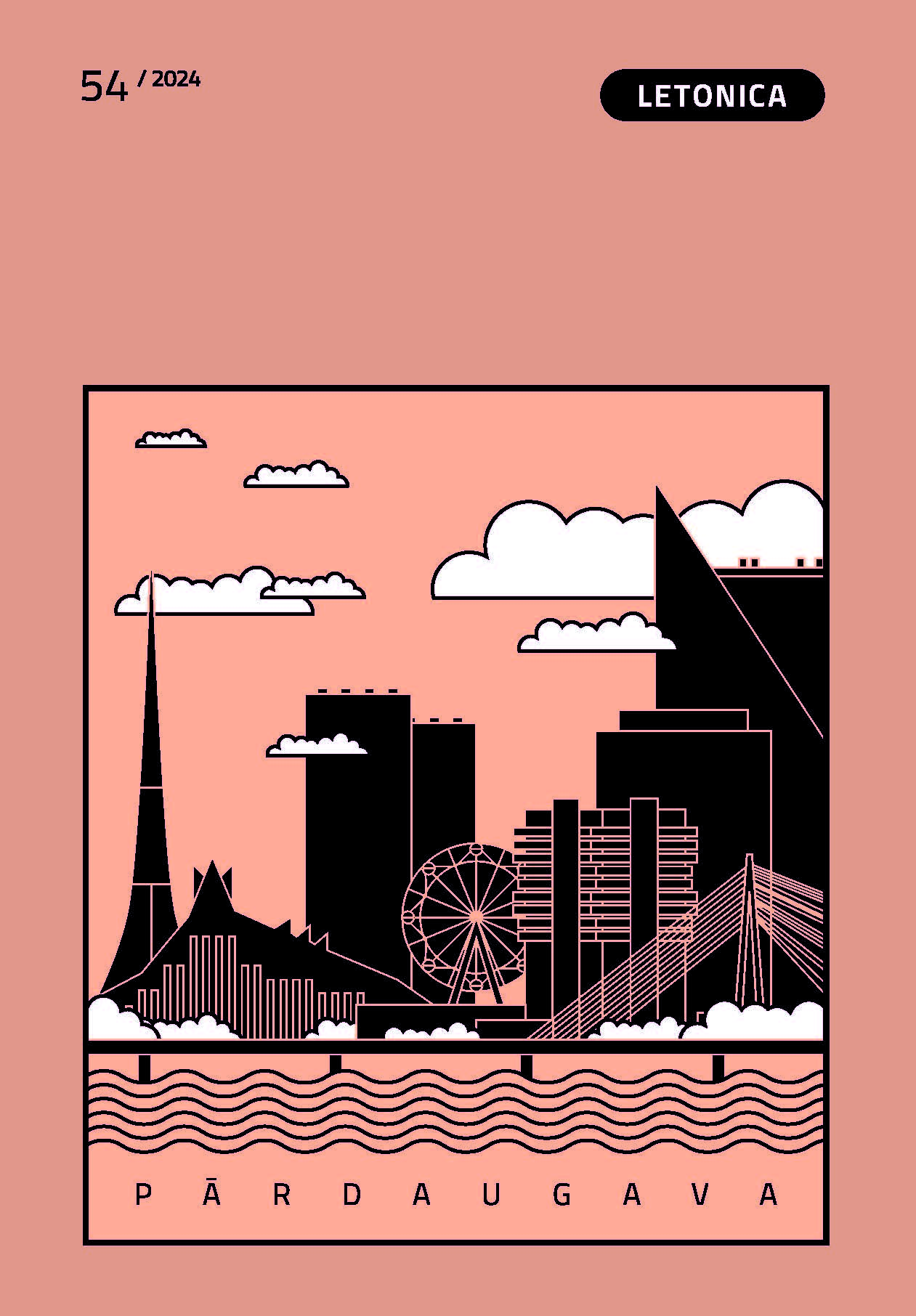Astoņstaru zvaigznes reprezentācijas no 1934. līdz 1940. gadam publiskajās iekš- un ārtelpās
Eight-pointed Star: Representations in Public Space (1934–1940)
Author(s): Otto ĶengaSubject(s): Cultural history, Architecture, Visual Arts, Nationalism Studies, Interwar Period (1920 - 1939), History of Art
Published by: Latvijas Universitātes Literatūras, folkloras un mākslas institūts
Keywords: octogram; urban decoration; Kārlis Ulmanis regime; Ansis Cīrulis; Niklāvs Strunke; Jēkabs Bīne; banal nationalism;
Summary/Abstract: By employing the historical method and analyzing sources and commentaries, one can draw conclusions regarding the use of the eight-pointed star in public spaces during Kārlis Ulmanis’ authoritarian regime in Latvia. During this period, the star was widely visible in both interior and exterior decorations. Examples of stained-glass paintings and festive decorations for the 20th anniversary of Latvian independence suggest that the eight-pointed star did not acquire regime-specific connotations. Rather, its symbolic meaning remained within the previous range of “folksy”, “Latvian”, and “national”. This corresponded to the ideological principles of the ruling authorities, which emphasized an idealized peasant way of life. However, due to the absence of a precise definition of the Latvian style, the artists of the period developed it as they saw fit. While the meaning of the eight-pointed star did not change significantly during the regime of Kārlis Ulmanis, the contexts of its representation did, as public space was used more actively. Michael Billig’s theory of “banal nationalism” explains this as the need to point out symbols that make up national identity to the population in “flagged” and routine ways. This is particularly evident in environments with strong national leadership. Therefore, the “national” and “Latvian” meanings of the eight-pointed star were reinforced during Kārlis Ulmanis’ regime.
Journal: Letonica
- Issue Year: 2024
- Issue No: 54
- Page Range: 186-209
- Page Count: 24
- Language: Latvian

